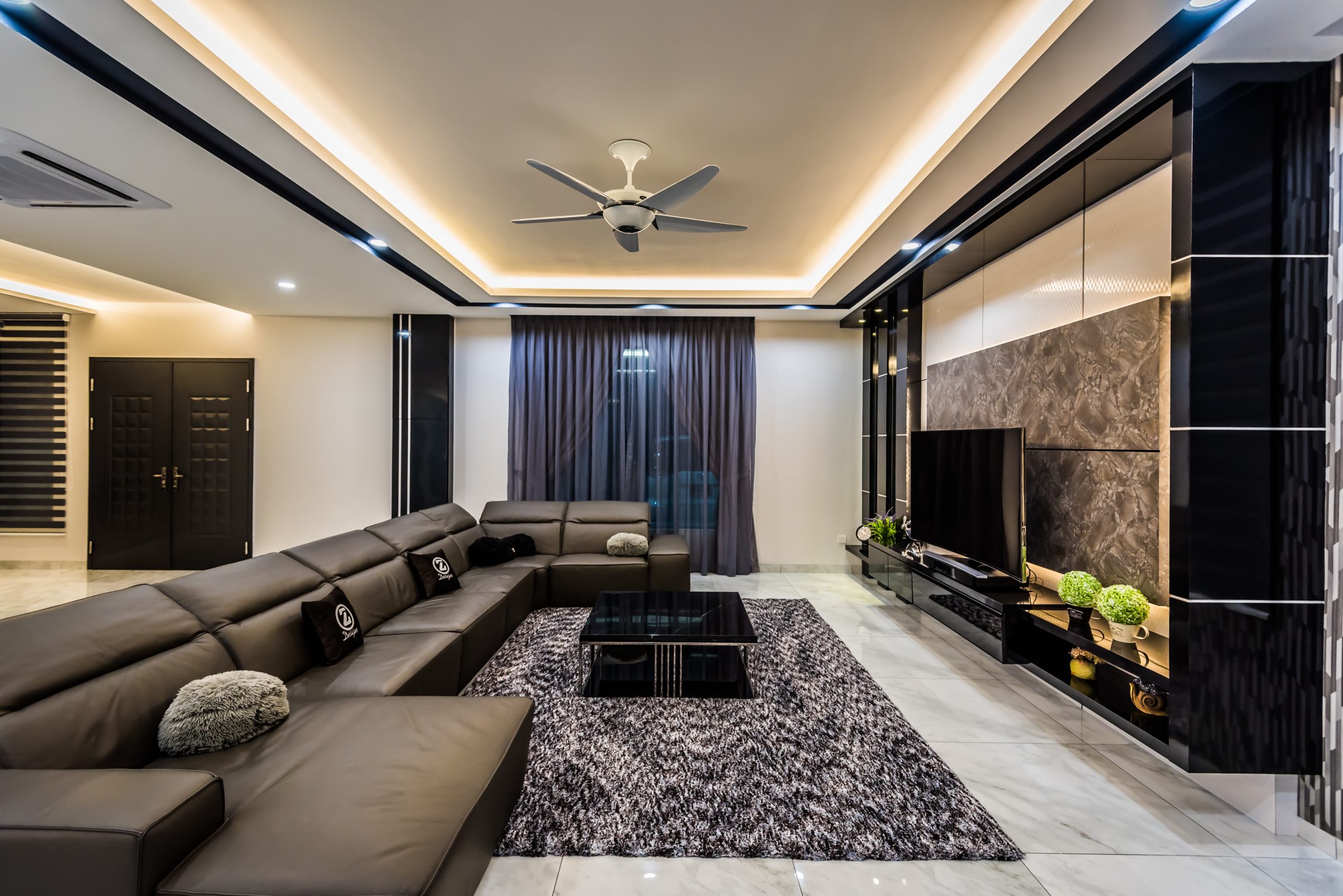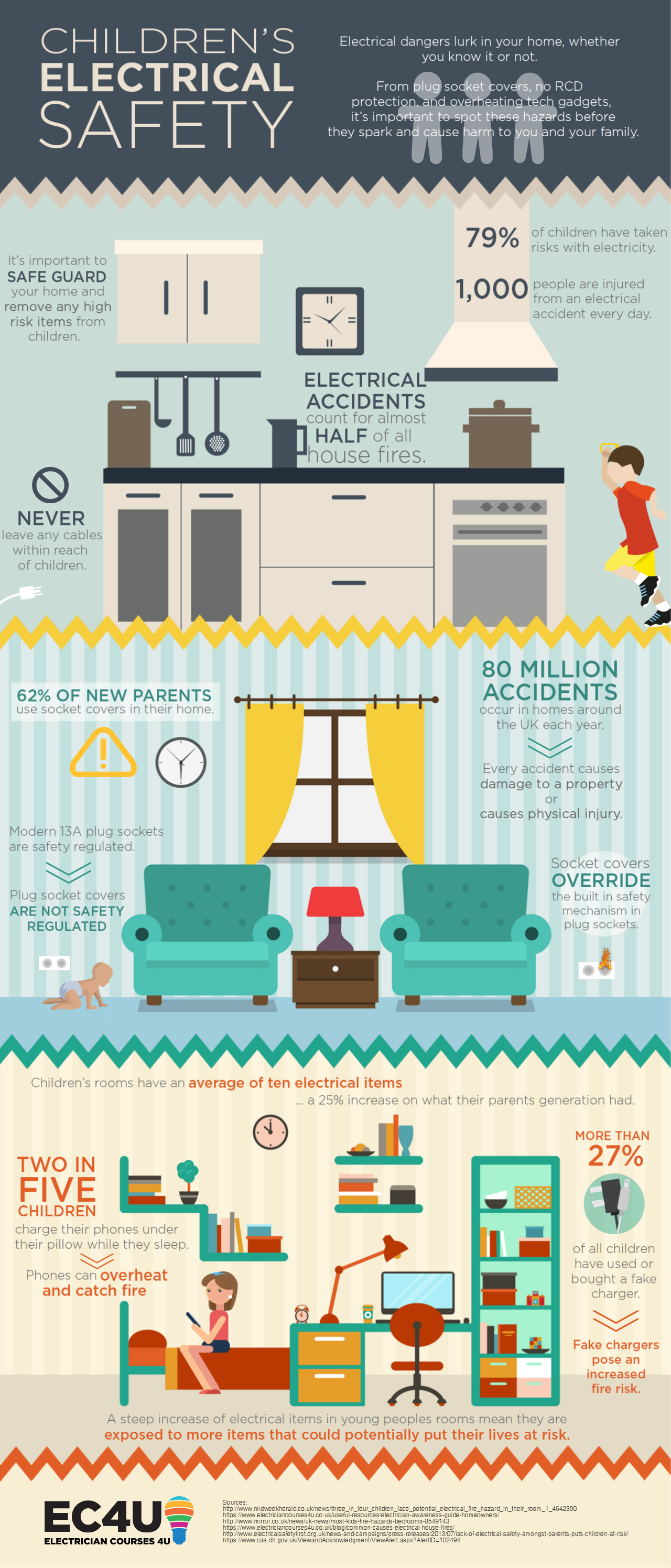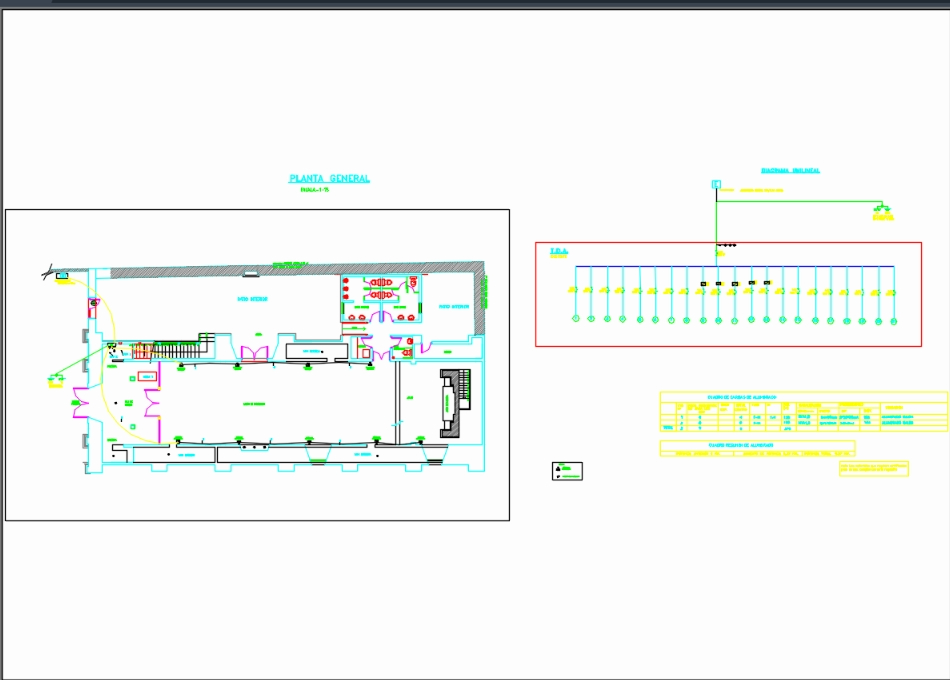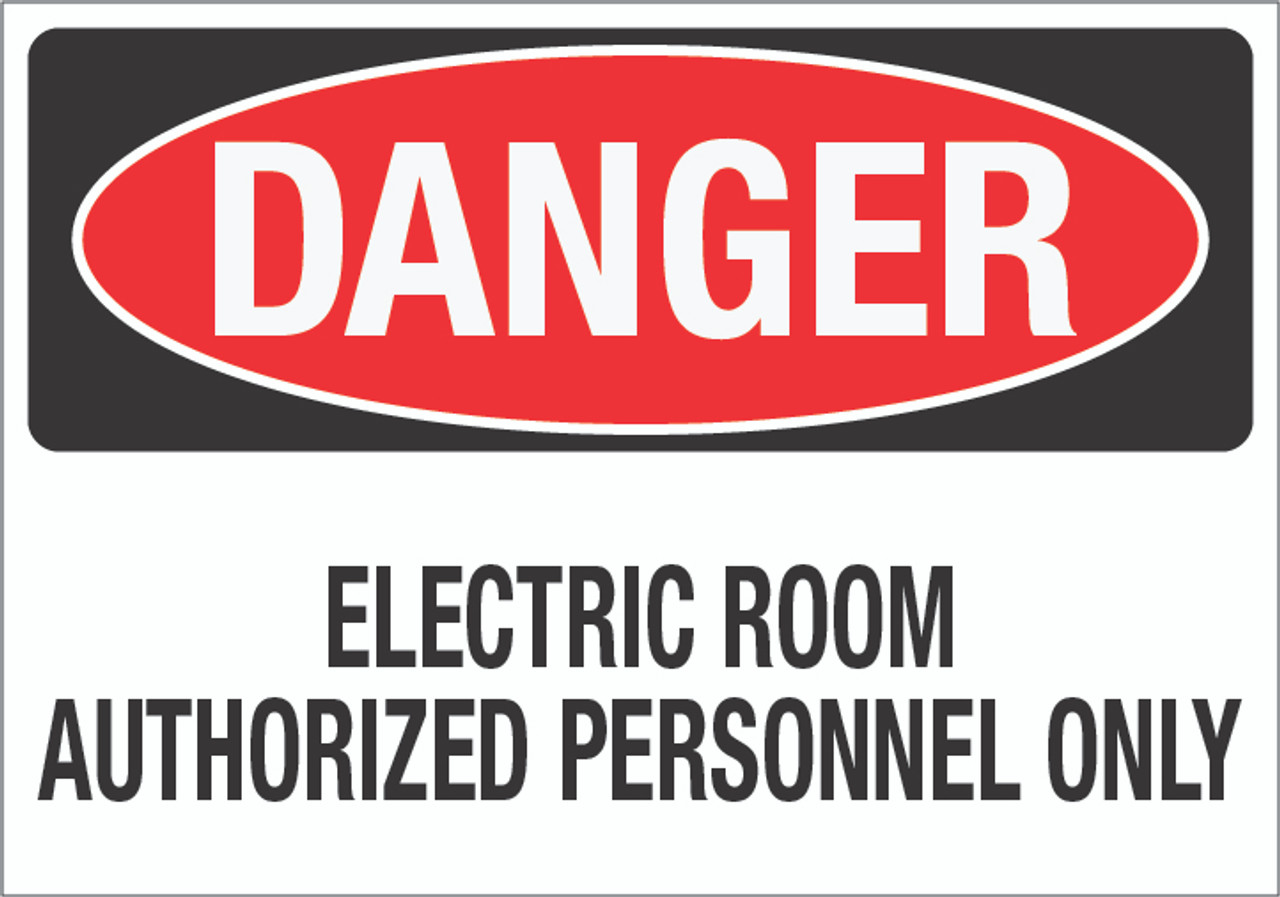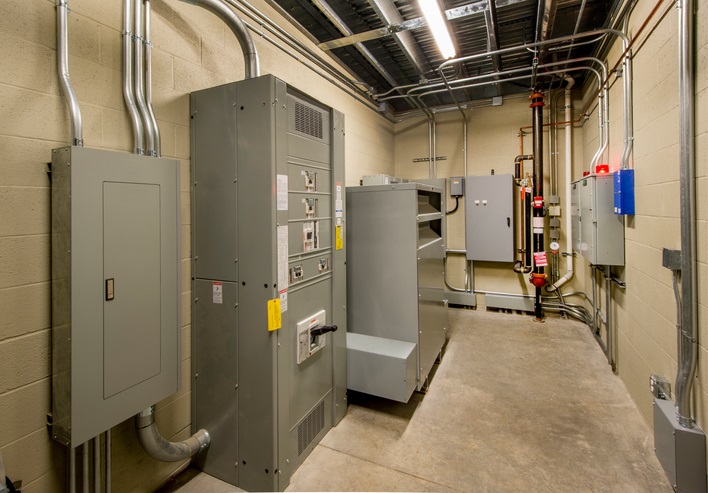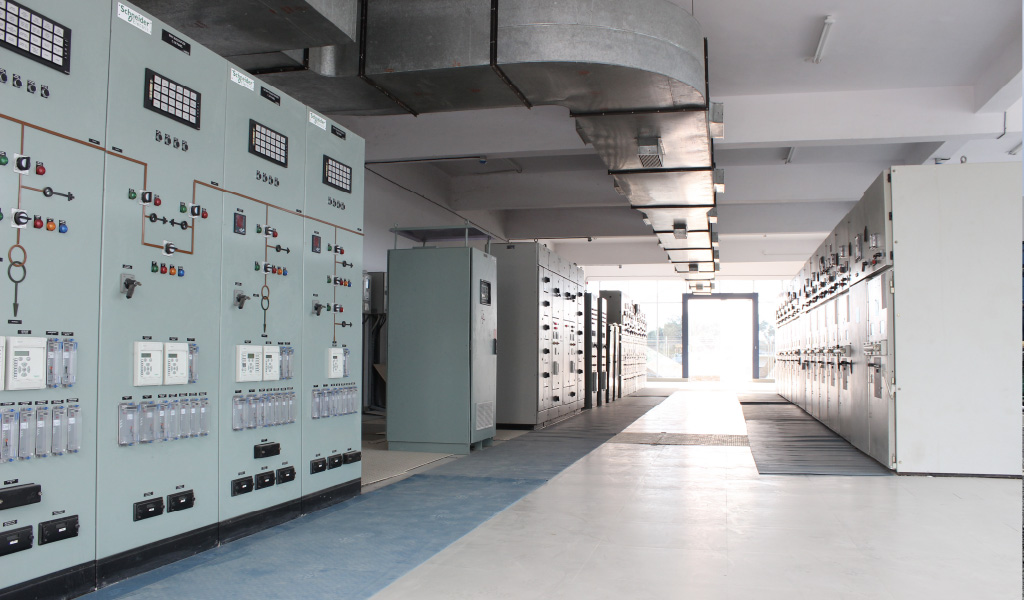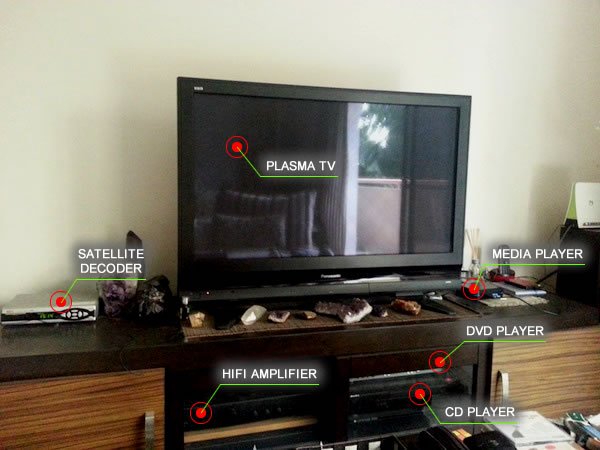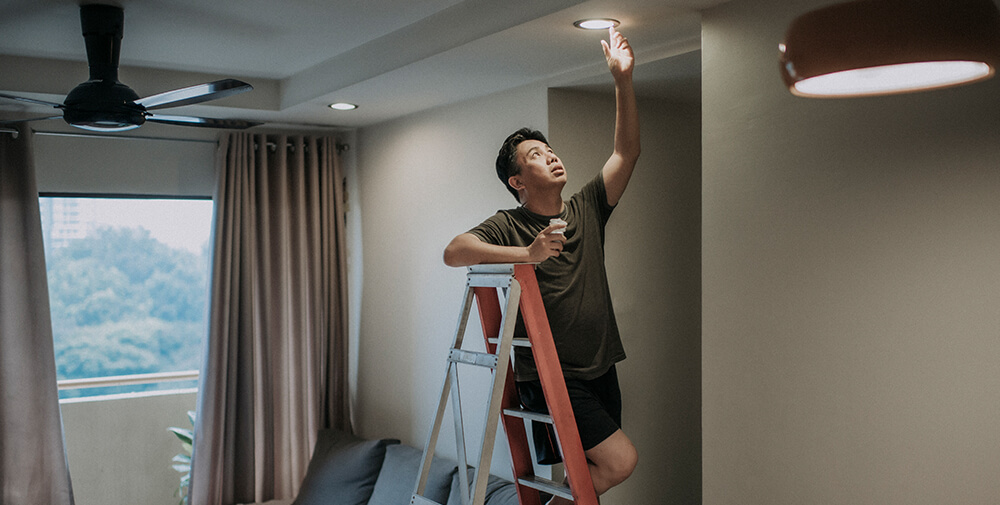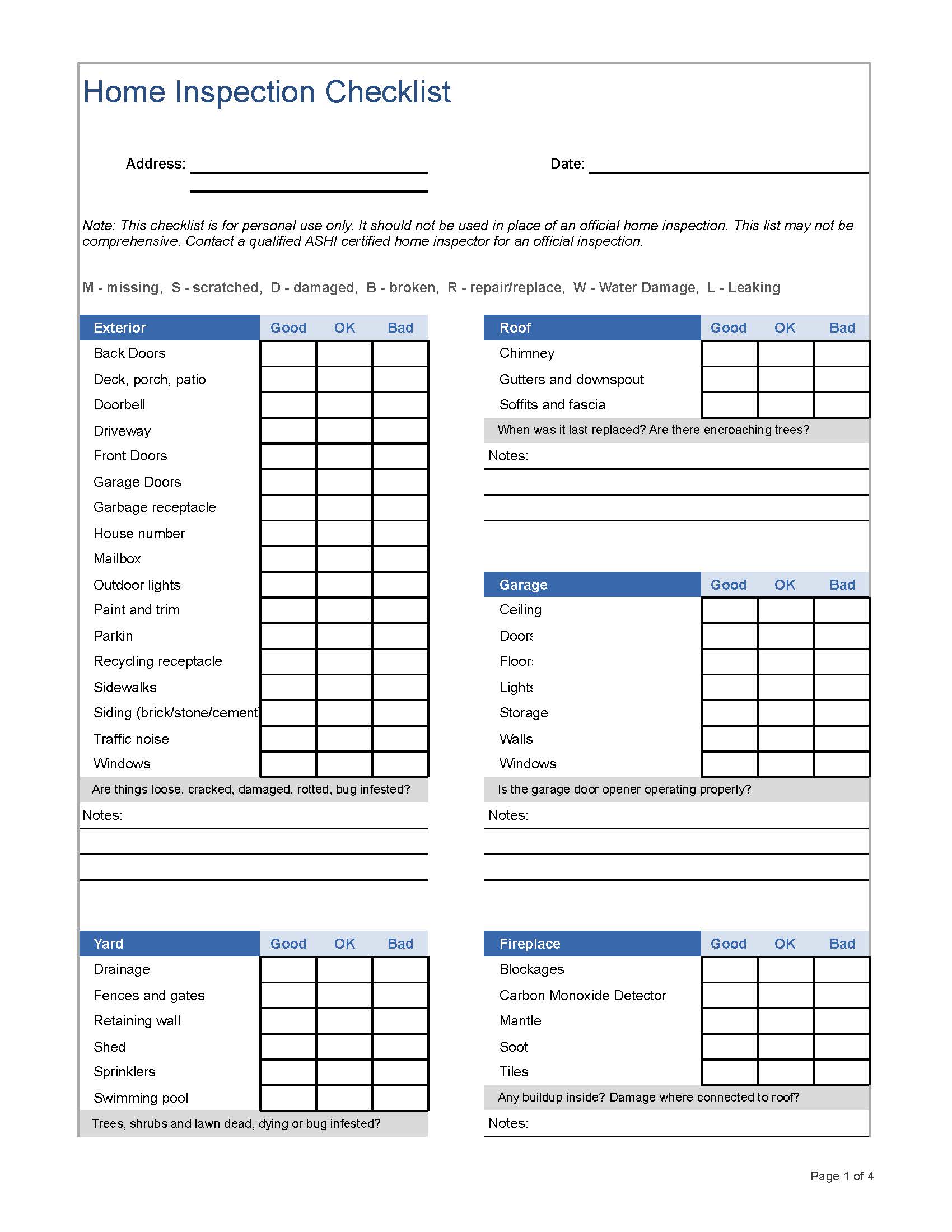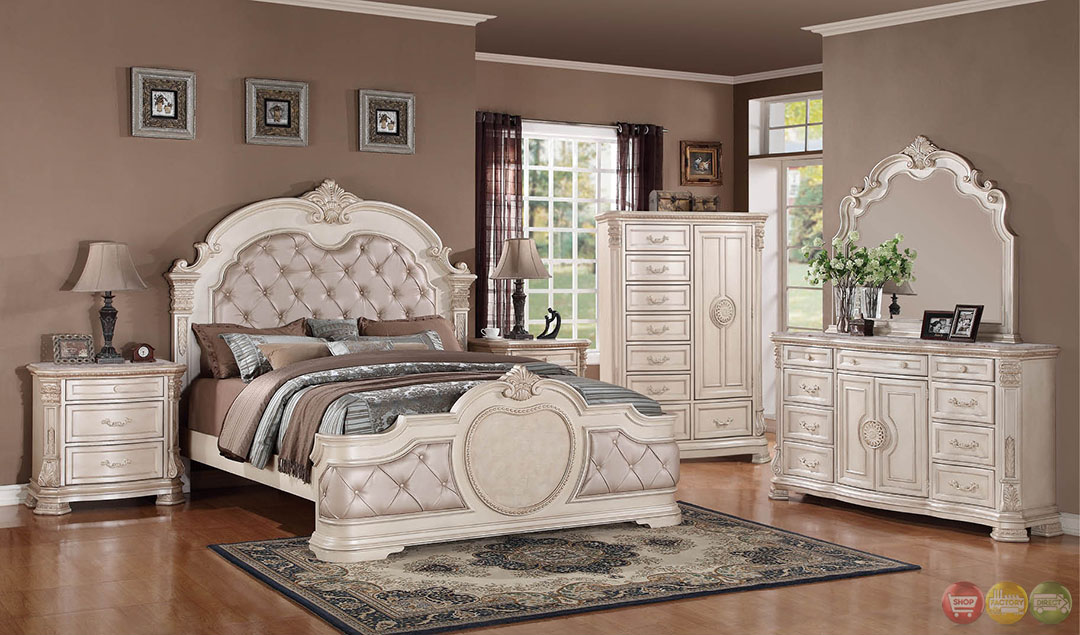Living Room Electrical Code Requirements
When it comes to the design and construction of a living room, there are specific electrical code requirements that must be followed to ensure the safety and functionality of the space. These requirements cover everything from the type and placement of outlets to the wiring and circuitry of the room. Adhering to these codes is crucial for a safe and efficient living room. Let's take a closer look at the top 10 main living room circuit requirements to keep in mind.
Living Room Circuit Wiring
The wiring in a living room is responsible for providing power to all of the outlets, lighting fixtures, and appliances in the space. It is important to use the correct type and size of wiring to handle the electrical load of the room. This includes wiring for the main circuits, as well as any additional circuits for specific appliances or lighting. It is also essential to properly ground all wiring to prevent the risk of electrical shock.
Living Room Electrical Outlets
Electrical outlets are a crucial component of any living room. The number and placement of outlets in the room must comply with electrical code requirements to ensure convenience and safety. There should be at least one outlet every 12 feet along the walls of the room, and within 6 feet of any seating area. In addition, all outlets must be tamper-resistant to prevent the risk of electric shock, especially in homes with small children.
Living Room Lighting Circuit
The lighting in a living room is typically controlled by a single lighting circuit. This circuit must be wired correctly to ensure that all fixtures and switches function properly. It is also important to use the correct type of wiring and to properly ground the circuit to prevent any potential safety hazards.
Living Room Electrical Safety
Safety should always be a top priority when it comes to electrical work in a living room. This includes not only proper wiring and grounding, but also the installation of smoke and carbon monoxide detectors. In addition, all electrical outlets and switches should be inspected regularly for any signs of wear or damage, and replaced if necessary to prevent any potential hazards.
Living Room Electrical Load
The electrical load of a living room refers to the total amount of power that the room's electrical system can handle. This is determined by the number and type of appliances and electronics used in the room. It is essential to ensure that the electrical load does not exceed the capacity of the wiring and circuitry, as this can lead to overheating and potential fire hazards.
Living Room Electrical Panel
The electrical panel is the central hub for all of the electrical circuits in a home. It is responsible for distributing power to each circuit and must be properly labeled for easy identification. It is important to ensure that the panel is up to date and meets all current electrical code requirements. Any malfunctions or issues with the panel should be addressed immediately by a licensed electrician.
Living Room Electrical Code Compliance
Complying with electrical codes is not just a matter of safety, but also a legal requirement. All electrical work in a living room must adhere to the latest code regulations set by the National Electrical Code (NEC). This includes proper wiring, grounding, outlet placement, and more. Failure to comply with these codes can result in fines and potential safety hazards.
Living Room Electrical Inspections
Before using any new or renovated living room, it is important to have it inspected by a licensed electrician to ensure that all electrical work meets code requirements. This includes a thorough examination of the wiring, outlets, lighting, and other components of the room's electrical system. It is also recommended to have regular inspections done every few years to ensure everything remains up to code.
Living Room Electrical Wiring Diagram
A living room electrical wiring diagram is a visual representation of the room's electrical system. It outlines the placement and connections of all wiring, outlets, and switches in the room. This diagram is crucial for identifying potential issues and ensuring that all components are properly connected and functioning. It is also helpful for any future renovations or repairs.
In conclusion, following these top 10 main living room electrical code requirements is crucial for a safe, functional, and code-compliant living room. When in doubt, it is always best to consult with a licensed electrician for any electrical work. By adhering to these codes, you can have peace of mind knowing that your living room is not only aesthetically pleasing, but also safe for you and your family.
Why Living Room Circuit Requirements are Essential for a Well-Designed Home

The Importance of Proper Wiring
Safety First
 Living room circuit requirements
are designed with safety in mind. These requirements ensure that the wiring can handle the electrical load of all the appliances and devices used in the living room without causing any hazards. From televisions and sound systems to lamps and electric fireplaces, a living room can have a variety of electrical devices that require specific circuits to operate safely. With the right wiring, the risk of electrical fires and shocks can be greatly reduced, providing peace of mind for homeowners.
Living room circuit requirements
are designed with safety in mind. These requirements ensure that the wiring can handle the electrical load of all the appliances and devices used in the living room without causing any hazards. From televisions and sound systems to lamps and electric fireplaces, a living room can have a variety of electrical devices that require specific circuits to operate safely. With the right wiring, the risk of electrical fires and shocks can be greatly reduced, providing peace of mind for homeowners.
Functionality and Convenience
 In addition to safety, proper wiring also plays a crucial role in the functionality and convenience of a living room.
Living room circuit requirements
take into account the various needs and uses of this space, providing dedicated circuits for different types of appliances and devices. This allows for efficient and uninterrupted usage of these devices, without the risk of overloading circuits or tripping breakers. Furthermore, having dedicated circuits for specific devices can also make it easier to troubleshoot and address any electrical issues that may arise.
In addition to safety, proper wiring also plays a crucial role in the functionality and convenience of a living room.
Living room circuit requirements
take into account the various needs and uses of this space, providing dedicated circuits for different types of appliances and devices. This allows for efficient and uninterrupted usage of these devices, without the risk of overloading circuits or tripping breakers. Furthermore, having dedicated circuits for specific devices can also make it easier to troubleshoot and address any electrical issues that may arise.
Design Considerations
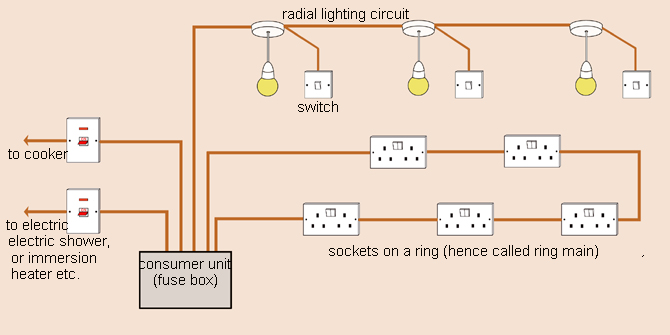 While the technical aspects of wiring a living room are important, it is also essential to consider the design aspect. A well-designed living room should have a seamless flow of electrical outlets and lighting, without any visible wires or cords. With proper wiring, the living room can be aesthetically pleasing and functional, with outlets and switches strategically placed for convenience and minimal visual impact.
In conclusion,
living room circuit requirements
are essential for a well-designed home. From safety to functionality and design considerations, proper wiring can greatly impact the overall look and feel of a living room. For homeowners looking to upgrade or renovate their living room, it is important to consult with a professional electrician to ensure that all
living room circuit requirements
are met for a safe, functional, and aesthetically pleasing space.
While the technical aspects of wiring a living room are important, it is also essential to consider the design aspect. A well-designed living room should have a seamless flow of electrical outlets and lighting, without any visible wires or cords. With proper wiring, the living room can be aesthetically pleasing and functional, with outlets and switches strategically placed for convenience and minimal visual impact.
In conclusion,
living room circuit requirements
are essential for a well-designed home. From safety to functionality and design considerations, proper wiring can greatly impact the overall look and feel of a living room. For homeowners looking to upgrade or renovate their living room, it is important to consult with a professional electrician to ensure that all
living room circuit requirements
are met for a safe, functional, and aesthetically pleasing space.

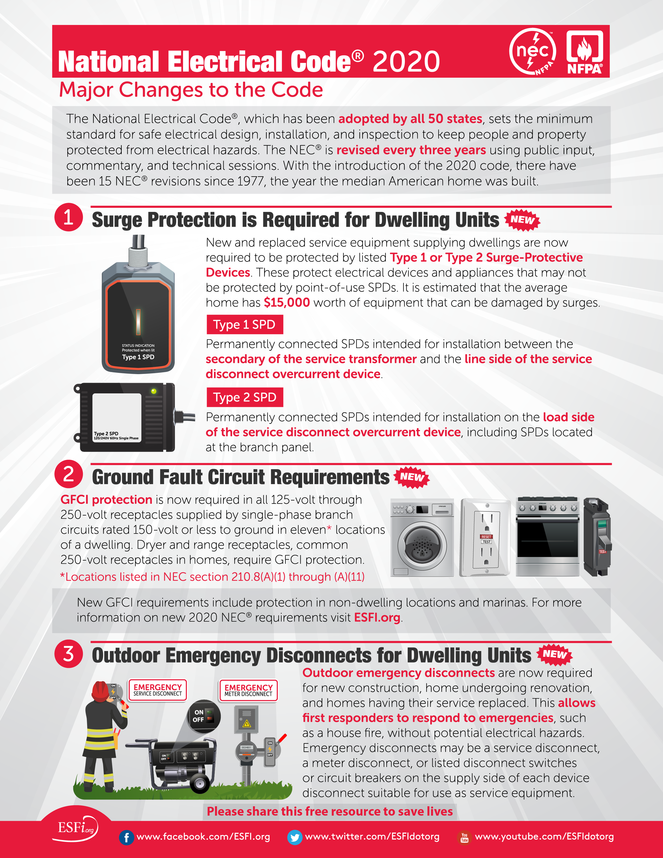


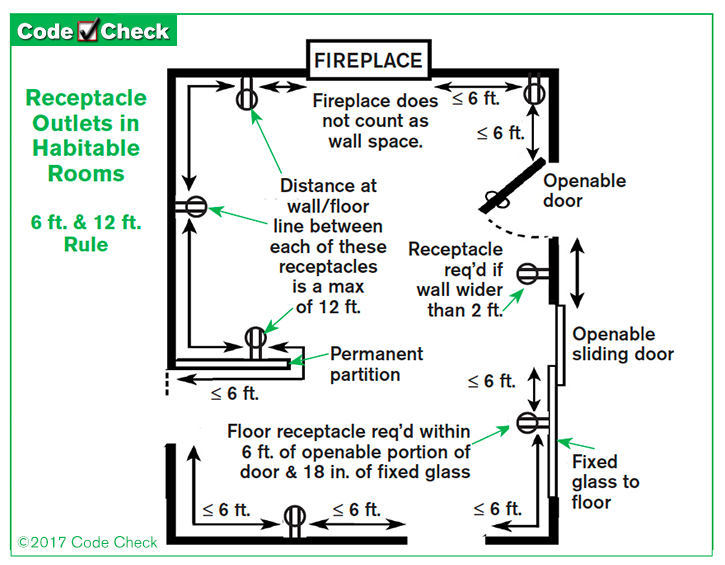
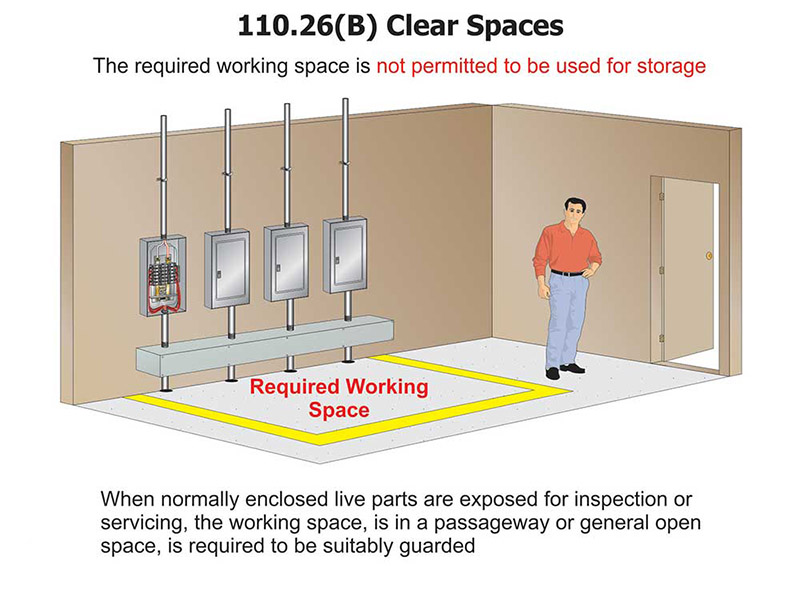
/close-up-of-cords-plugged-into-power-strip-482141903-57fe97e73df78cbc28606ef4.jpg)
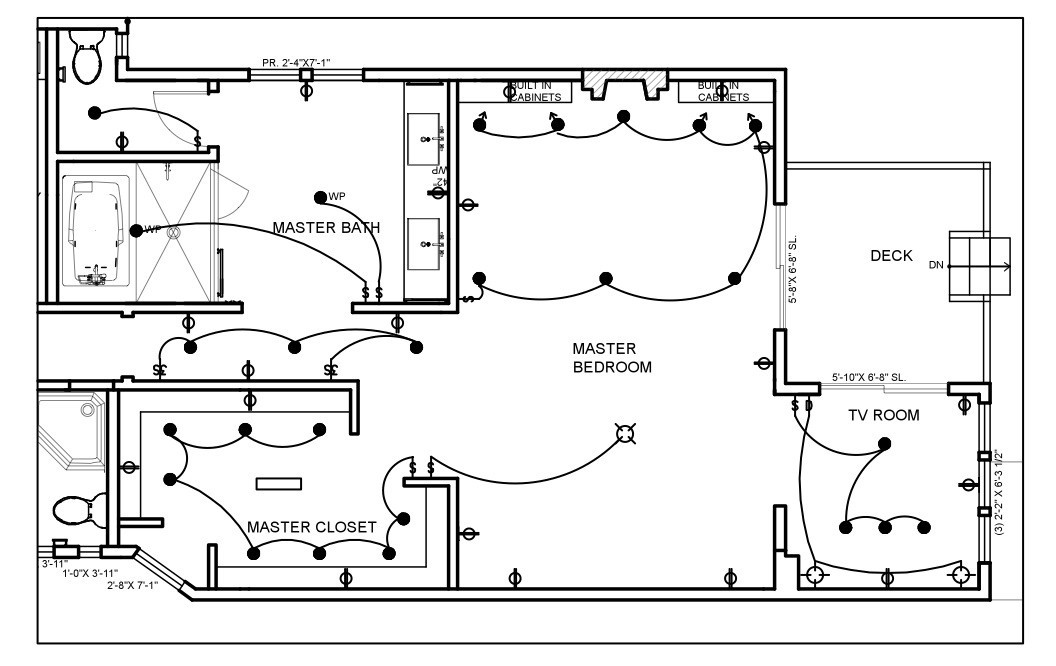
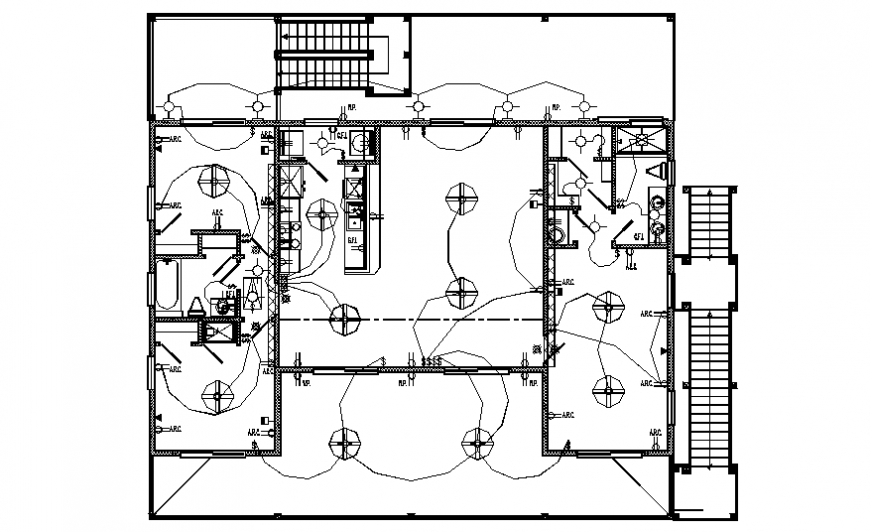
























/living-room-lighting-ideas-4134256-01-2f070b6071444f1197ad5ca56d9e6678.jpg)


